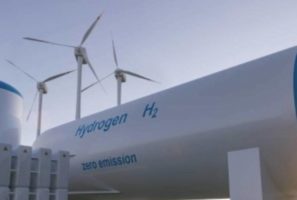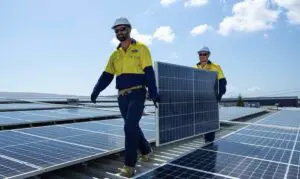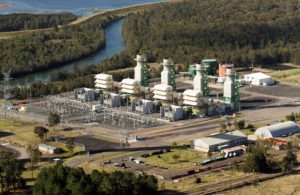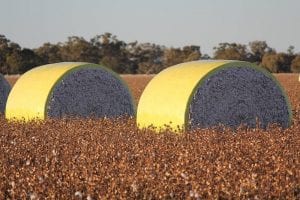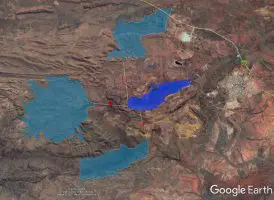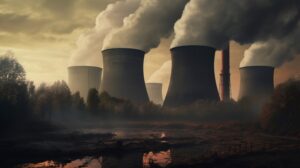Federal energy minister Chris Bowen has hit out at the federal opposition’s plan to include gas power generation – including existing facilities – in the Capacity Investment Scheme, arguing that Labor’s flagship energy policy is working “exceptionally well” under current settings that exclude the fossil fuel.
Under Labor, the Capacity Investment Scheme is seeking a total of 23 gigawatts (GW) of new wind and solar and 9,000 MW (36,000 megawatt hours) of battery storage as part of its efforts to deliver Australia’s target of 82 per cent renewables by 2030.
So far, six new big battery projects – two in Victoria and four in South Australia – have emerged as winners, in a promising result to the first test of the scheme last month.
Peter Dutton’s Coalition party has long threatened to add gas – and even coal – to government support schemes. That threat was amplified and transformed into an election promise this week, when opposition climate and energy spokesperson Ted O’Brien said a Dutton government would add annual auctions for new and existing gas capacity.
“The message I am here to convey today is that gas is here to stay,” O’Brien told the Australian Pipelines and Gas Association Convention on Tuesday.
“These contracts will include bidding obligations to ensure the reduced commercial risk of participating in the CIS is passed on to consumers in the form of lower electricity prices. There will also be availability obligations for gas generators which, if not met, will attract penalties.”
Bowen, whose government has its very own problematic relationship with gas – including the heavily subsidised and increasingly compromised hybrid gas Hunter Power Project – says O’Brien’s plan for the CIS has “massive gaping holes” and some questions to answer.
“Why is he going to provide windfall gains, potentially, to people who are already in the market?” Bowen asked in an interview on ABC Radio on Wednesday morning.
“The Capacity Investment Scheme is about bringing new energy supply, which is about what we so desperately need, not providing windfall gains to people who are already there. So, he needs to explain how his settings will work.
“And secondly, gas is much more expensive to bring on than renewables. So, how’s it going to win auctions unless he puts his finger on the scales and pushes it towards gas?
“Gas has been included in the NSW scheme for years and has never won a single auction because it’s very expensive compared to renewables,” Bowen said.
“Our policy is renewables and government support for renewables to get to 82 per cent backed by batteries, backed by storage and with gas peaking in the system.
“But gas peaking does not need Commonwealth government support; a government intervention to support gas, existing gas,” the minister added.
“Gas, which is already in the system, which is what Mr O’Brien said, just makes no sense. He’s making it up as he goes.”
Also unimpressed with the Coalition’s plan is economist Nicki Hutley, who described it on LinkedIn on Wednesday morning as “Trumpian-level economic and environmental insanity.”
“The gas industry does not need to be underwritten by tax payers (any more than it already is). It is a highly profitable, highly polluting source of energy that should be taxed on those super profits and the externalities associated with its GHG emissions.
“It’s unfathomable why anyone would suggest such an idea other than for cheap political point-scoring at the expense of everyday Australians.”
To that end, the Australian Energy Producers is, naturally, thrilled at the prospect of gas being included in the CIS – a move it says would “redress a policy failure of omitting gas from the scheme” in the first place.
They argue it is the only way to meet AEMO’s targeted 15 GW of gas peaking plant capacity. The country currently has 11 GW, but some of this is due to retire.
“Australia needs energy policies that provide certainty around project approvals and regulatory stability to restore investor confidence,” AEP chief Samantha McCulloch said on LinkedIn.
“The deliberate exclusion of gas from the current CIS was a mistake that needs correcting to incentivise the significant investment needed to ensure Australians have reliable and affordable energy.”
Stephanie Bashir, from Nexa Advisory, says the Coalition’s energy policy, which includes nuclear power at seven sites and an extension to coal fired generation, is effectively a gas policy.
“It’s been a gas strategy all along. Our research and modelling the last few years has shown over and over that if we continue to delay the transition to renewables by delaying transmission, the winning fuel is gas,” she said in an emailed statement. “Delaying transmission is ultimately a moratorium on renewables.”


